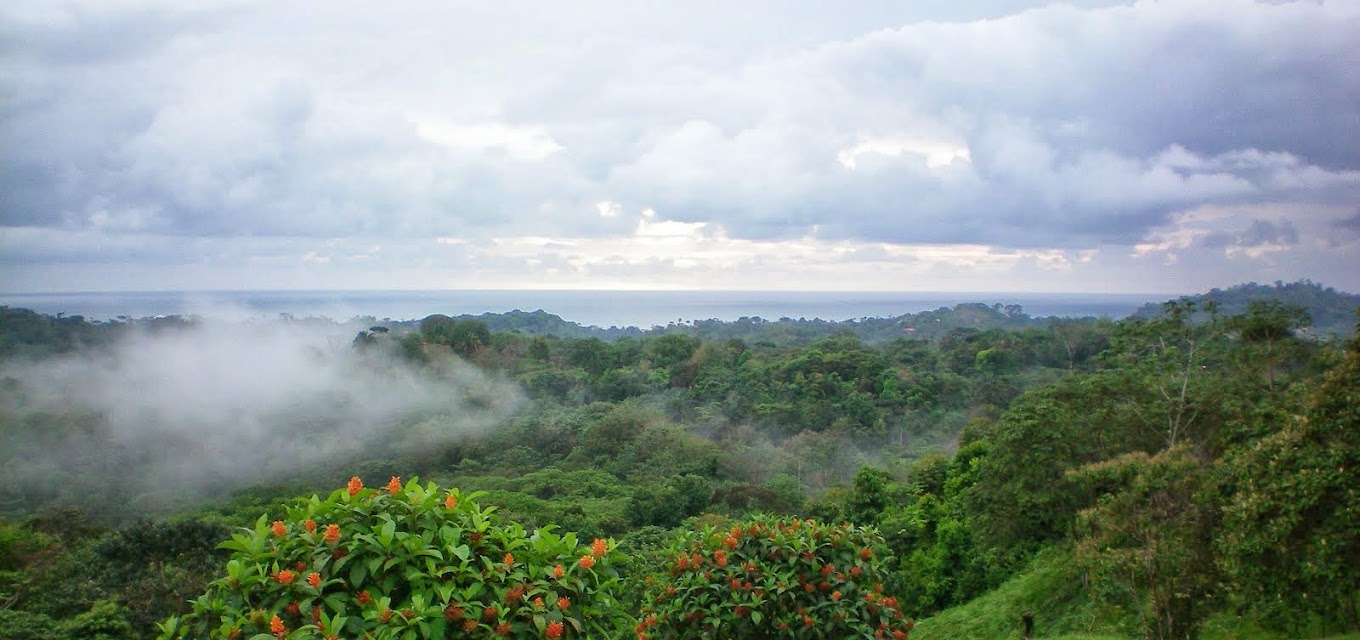"Pura Vida" is the national slogan, have you heard that phrase before? If you haven't, it only means one thing: you have to come and visit “Costa Rica.”
“Pura Vida” is the most commonly used phrase in Costa Rica, and literally means “Pure Life,” but the saying goes beyond its simple translation: it is a way of life for all Costa Ricans; it actually symbolizes the idea of simply enjoying life and being happy, regardless of the circumstances surrounding them.
If you look up the Urban Dictionary http://www.urbandictionary.com, and search on the phrase “Pura Vida,” you will find the following description: The law of the land in Costa Rica. The expression is used in many forms, from a greeting, to a synonym for "excellent." Ticos follow this lifestyle and are some of the most easy-going people on earth. It is a synonym of the "hakuna matata" this is a phrase in the Swahili language, which means, “there are no worries.”
In My Opinion "¡Pura vida!” -means- “all is good!”
Every tourist and foreign resident can hear this Spanish expression in informal settings as a greeting, a farewell and as a way to express gratitude or satisfaction. It can also refer to someone who is nice and friendly.
Let’s see some examples:
¡Buen día amigo! ¿Cómo vas? Pura vida, ¿y vos? | Hey, my friend! How’s it going? Pura vida, and you? |
¡Nos vemos mañana! Pura vida, ¡chao! | See you tomorrow! Pura vida, bye! |
¡Muchas gracias! ¡Pura vida! | Thank you very much! ¡Pura vida! |
¿Usted conoce a Marta? ¡Claro! Ella es muy pura vida | ¿Do you know Martha? Sure! She is very pura vida. |
After a while, the question that kept popping into my head was; how did Costa Ricans come up with this phrase? Well, after doing a little research I found out that a film called “Pura vida came to Costa Rica from Mexico in 1956, directed by Gilberto Martínez Solares. While a small population used it then, the phrase “Pura vida” was used nationwide by 1970.
In this movie, the phrase “Pura Vida” was used as the expression of eternal optimism, played by the comic actor Antonio Espino, who unfortunately can’t seem to do anything right (the staple of his character). He was a Mexican comedian (1910-1993), known by the artistic nickname Clavillazo; he used the phrase "pura vida" as a crutch in all his films, which were numerous.
All the research about the “Pura Vida” phrase, lead me to observe how the majority of the Ticos I have met, use that phrase in the regular basis and sometimes even as a substitute of more elaborated responses to any issue at hand. In all fairness, the common denominator is always that sense of “don’t worry, be happy,” after all, life is too short to worry about things we cannot change. That is the state of mind, I want to achieve this lifetime.
The other interesting question many visitors seem to have when they visit this country is why Costa Ricans are called “Ticos.”
During the mid XIX century, people born in Costa Rica were known and called Costarricans; however, during the Central American war against the filibusters led by William Walker (1856-1857); the allies, noticed that Costarrican soldiers had the peculiar habit of using the diminutive form in many of the words they used in the regular basis. In the Spanish language, to create the diminutive form, the ending on the word (o or a) is substituted with ito or ita; somehow, costarricans decided to use the ending ico or ica.
English word | Spanish word | Diminutive | Costa Rican Diminutive |
Cat | Gato | Gatito | Gatico |
Duck | Pato | Patito | Patico |
Kid | Chico | Chiquito | Chiquitico |
Brother | Hermano | Hermanito | Hermanitico |
House | Casa | Casita | Casitica |
Since Costarricans during the mentioned war, called each other hermaniticos, with the intent of showing affection; soon, the word tico emerged as a nickname for those brothers-hermaniticos in war. The nickname took a life on its own, becoming the synonym of Costarrican.
Now you know as much as I know, Costarricans are Ticos, because they chose to call each other that way as a demonstration of affection within their group.
Next time you plan your vacation, think about Costa Rica, where life is “Pura Vida” surrounded by “Tico” kindness and natural beauty everywhere you look. It will be “a different way to experience life.”
After living here for almost seven years, I can tell you that I have learned to see life from a different point of view. It is worth it!









